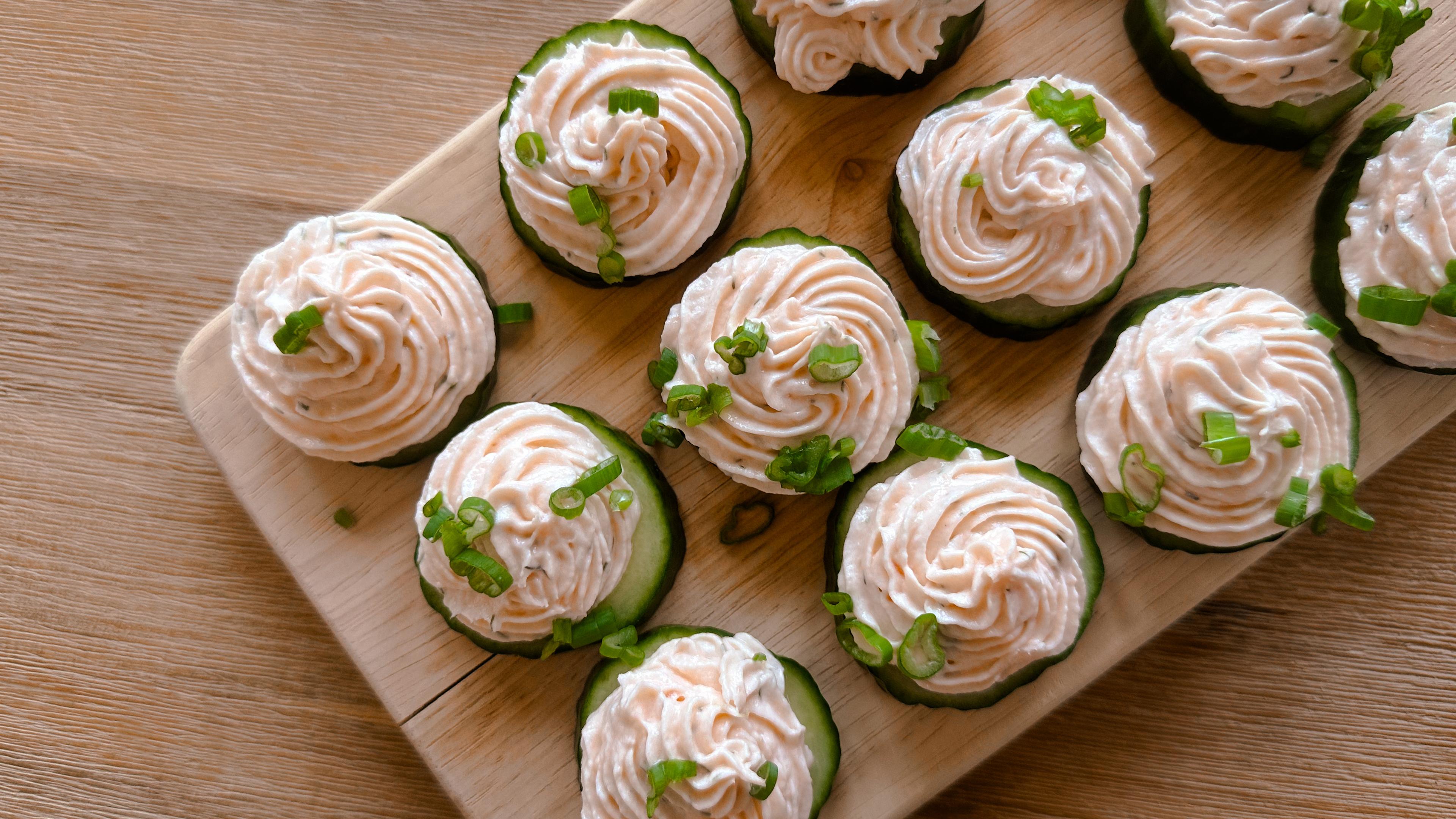Baking with Gluten-Free Flour
Shandra Martinez
| 3 min read

Labels identifying items as “gluten-free” have appeared on thousands more prepackaged foods and beverages in the last few years. Gluten is a protein found naturally in grains like wheat, barley and rye – and in foods from bread and muffins to beer. But some people’s bodies can’t tolerate digesting meals or drinks containing gluten.
Whether people have an allergy, an autoimmune disease tied to gluten, or are interested in exploring alternative flours, gluten-free options have become increasingly popular in recent years. In the past, one of the biggest obstacles to gluten-free eating was baked goods. But alternatives exist. Let’s take a look at things to keep in mind when baking with gluten-free flour.
Gluten-free numbers grow
Studies show an estimated 30% of people say they try to avoid eating gluten. While some people shy away from gluten because they say eating too much of it makes them feel tired or sluggish, others have a much more serious need for dropping it from their diets. According to the Mayo Clinic, some of the reasons people may have to go gluten-free include:
- Autoimmune disorders like celiac disease or gluten ataxia: For people with celiac disease, eating gluten can cause severe intestinal discomfort and even internal damage. Those with gluten ataxia can experience nerve damage and muscle control issues.
- Gluten sensitivity: Bloating, gas, headaches, constipation and even “brain fog” are symptoms that can be experienced by someone whose body is sensitive to too much gluten.
- Wheat allergies: Just like with other allergies, people who have a wheat allergy may see their body have an immune response to foods containing wheat. Symptoms could range from feeling congested to having difficulty breathing.
Gluten-free baking
Flours containing gluten have long been a staple in the majority of home and commercial baking. Gluten plays an important role in the elasticity and structure of most baked goods, working to trap air in the dough and give breads and other batters their ability to rise. So if you bake with gluten-free flours, you may notice your baked goods are denser, and more apt to crumble. There are plenty of pre-made gluten-free flour mixes available to purchase in grocery stores and from online retailers, but there are also some tricks you can use if you’re doing your gluten-free baking from scratch. These tips are from King Arthur Flour, a baking company known for its gluten-free guide.
- If your recipe calls for less than a ½ cup of flour, substitute gluten-free flour for the entire amount.
- If your recipe calls for more than a ½ cup of flour, use gluten-free flour, then add in ¼ teaspoon of xanthan gum for every cup of that flour you use. It will act as a stabilizer, similar to gluten.
- Understand that you will need to experiment, depending on the recipe.
- Use recipes specifically for gluten-free flours. These will give you better results.
While it’s important to keep a good gluten-free flour blend on hand for easy baking, sometimes recipes call for additional types of gluten-free flour or other related ingredients. Here are the most popular, and these can be found in most grocery store baking aisles, typically in smaller bags than regular flour:
- Potato flour
- Rice flour
- Coconut flour
- Almond flour
- Cornmeal
- Cornstarch
- Tapioca starch
- Potato starch
Related:
Photo credit: Getty Images





